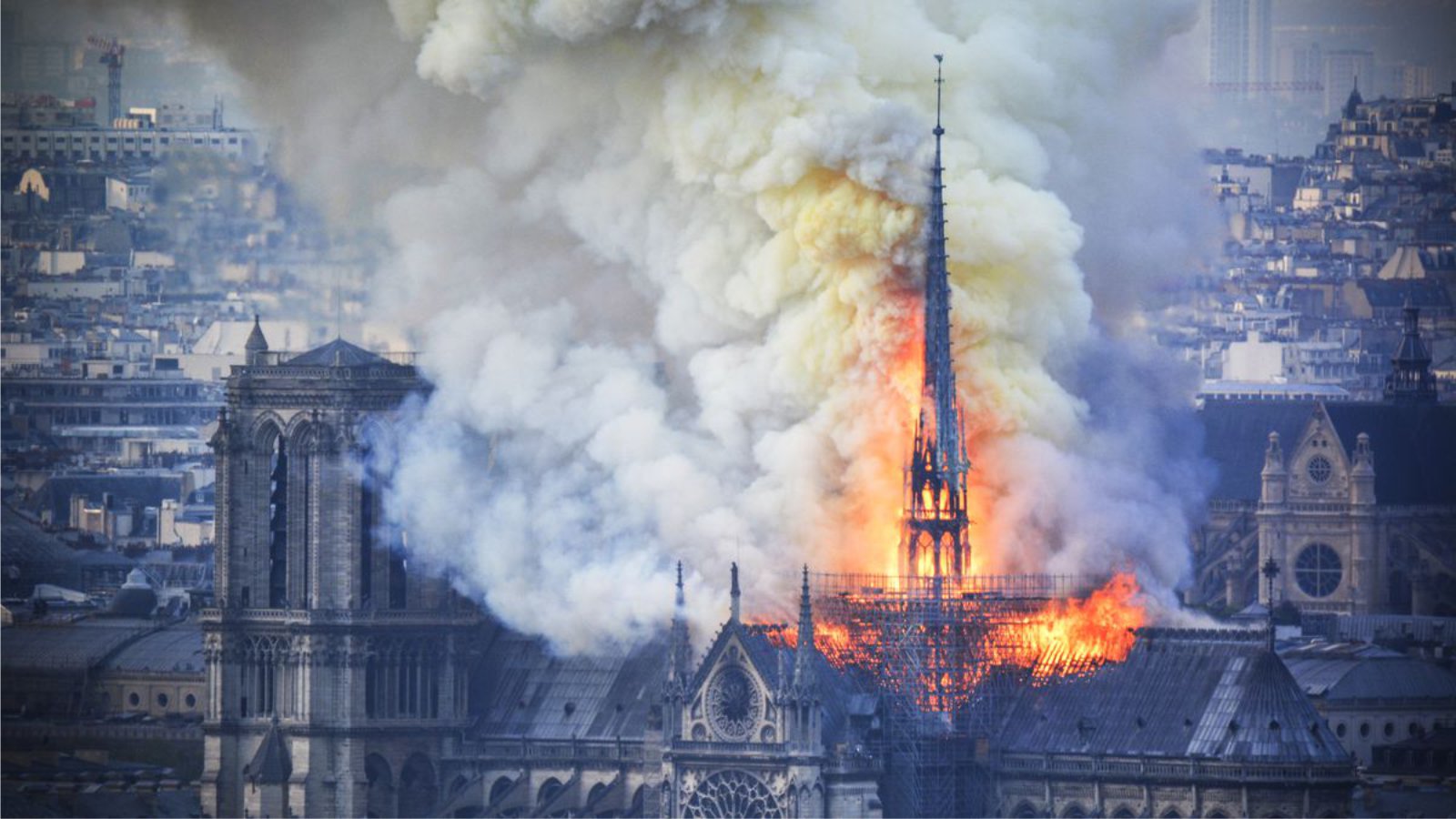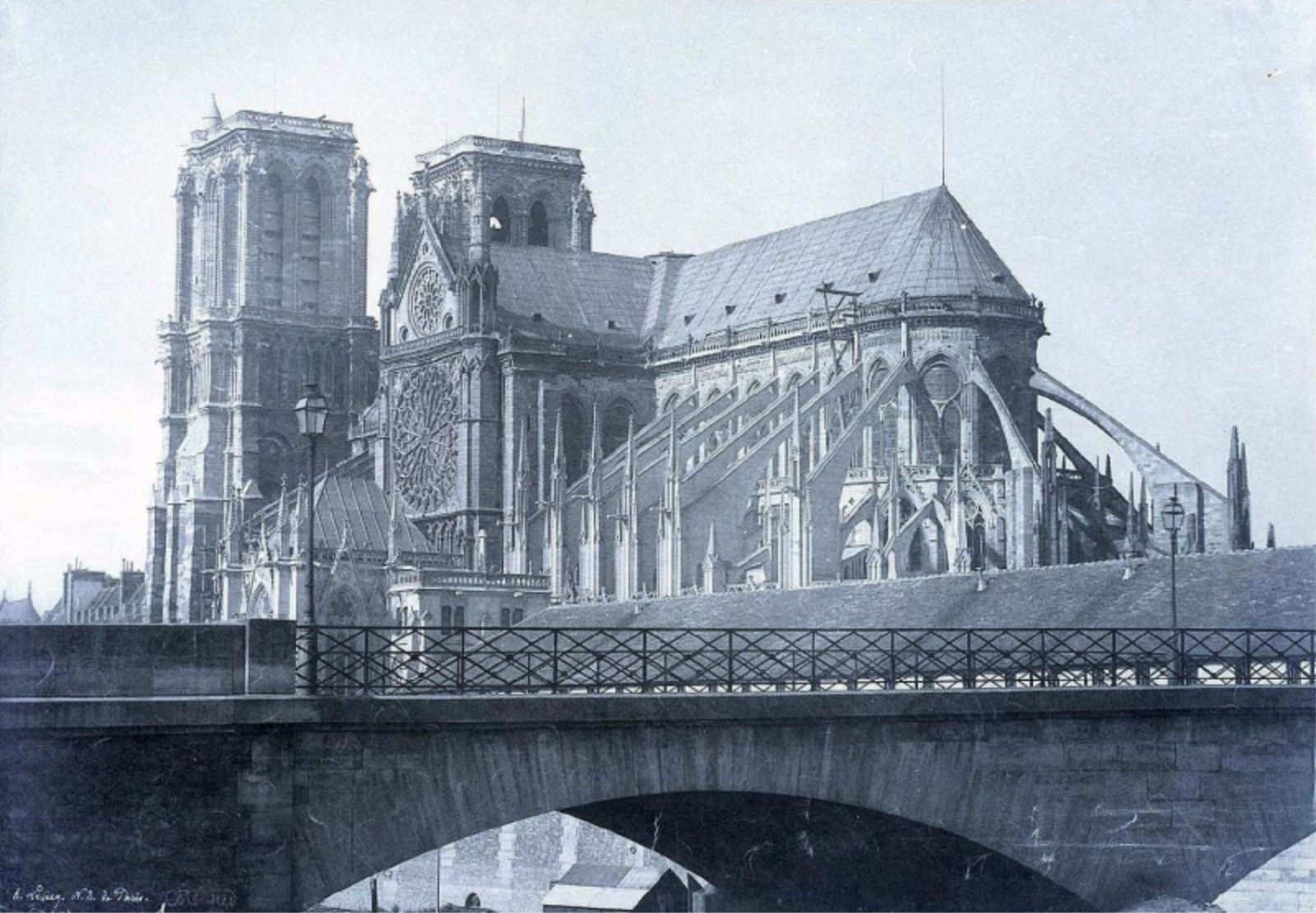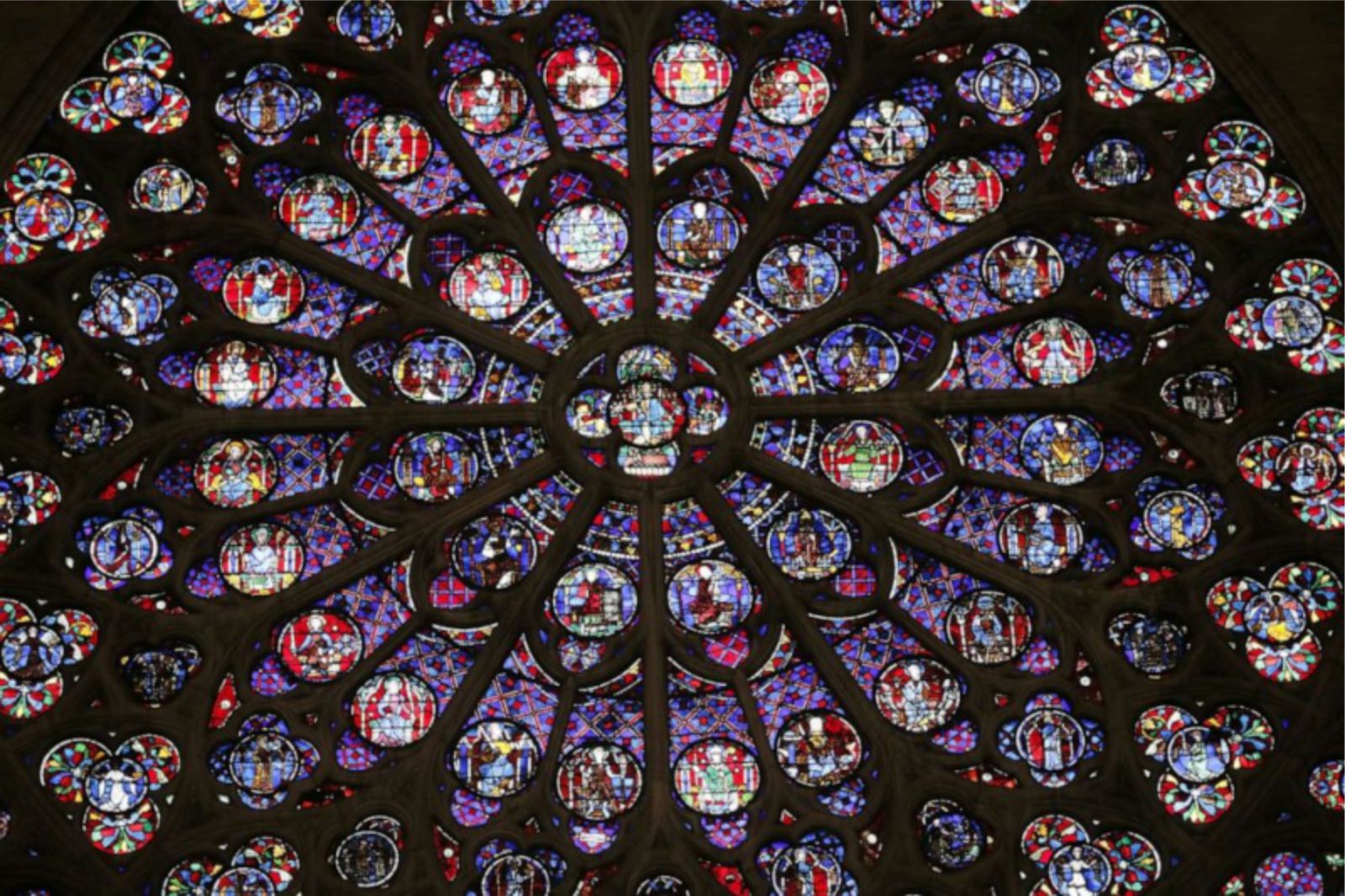At 6 pm (GMT) on April 15th, 2019 the first news of the fire of the Cathedral of Notre Dame were reported on all the major media in the world. Two thirds of the roof and the spire 92 meters high have been destroyed and it is believed that the causes are determined by the restoration work currently underway. Notre Dame is not only a religious place, but a symbol of art, culture and even of world identity, a UNESCO heritage since 1991.
A place that hosted Popes, Kings and Emperors like Napoleon in the early 1800s, where Jeanne d’Arc was beatified and where the crown of thorns and a nail of the cross of Jesus is kept, a cathedral where the first stone was laid by Charlemagne and Filippo Augusto who laid the last one. During the French Revolution it was devastated: the Paris Commune decided to destroy it, then it was established that it was transformed into a neo-pagan temple, dedicated to “reason”.
For the history of architecture Notre Dame represents one of the most studied and known Gothic cathedrals, but also an object of a restoration intervention carried out by Viollet-le-Duc that consecrated its fame. The approval of the Notre Dame project in 1844, abandoned after the French Revolution, is due to the publication of “Notre Dame de Paris” by Victor Hugo which raised the awareness of the population with these words: ” however, it has been preserved over time, one can only be indignant in the degradation and vandalism of every kind “
The structure was in a state of total abandonment and had been the object of vandalism, so much so that the hypothesis of its probable demolition became widespread. Viollet-le-Duc, restored both the structure and the rich sculptural apparatus: in the three portals of the façade, many figures are actually the result of remakes in style. Furthermore, he had the spire raised at the intersection of the main nave and the transept. Made of cast iron, the structure has at its base twelve figures of the apostles and, according to tradition, one of them reproduces the features of the architect.
The statues are the work of the famous architect Geoffroy-Dechaume, who depicted himself with the appearance of St. Thomas, the patron saint of architects. The removal of the statues – which should have returned to their place by 2022 – is part of the vast renovation of the cathedral spire, symbol of Notre Dame. The site was entrusted to the Socra company, in the Périgord region (southwest), which is authoritative in its sector also at the international level.
The causes of the fire are “potentially linked” to the ongoing renovation work.
The 16 statues were saved by a miracle: they had been removed from the spire only on 11 April to be restored. The huge damages besides the roof and the spire, affect the vault of the central nave and the transept. The structural strength of the building, weakened by the fire, must also be assessed. High temperatures could have compromised the strength of the stone and marble, which, according to experts, tends to calcify and crumble. There is also concern about the fate of the rose windows and stained glass windows dating back to the 13th century and which have enormous artistic and historical value.
Unfortunately we remember the value of historical architecture when serious episodes like this happen. Perhaps it is in human nature that when everything goes up in flames we remember these values. Of course the neglect of so many important architectures and the conception that culture is an asset on which to make important cuts in public spending lead to emergencies. We think it is the duty of every architect to have respect for the preservation of important historical memories. Perhaps this can be an opportunity to restore lost balance and it is our duty to raise our voices for respect for contemporary architecture and for those made in the past.










